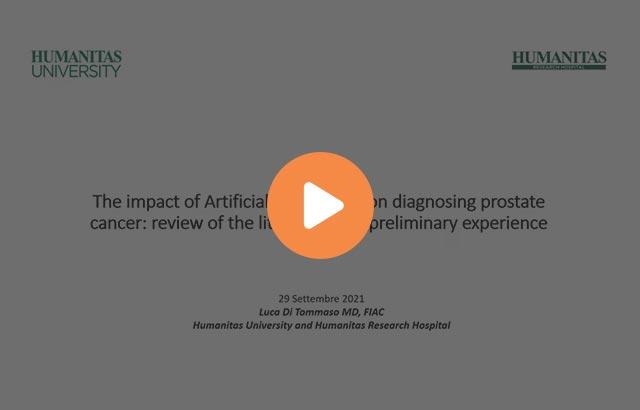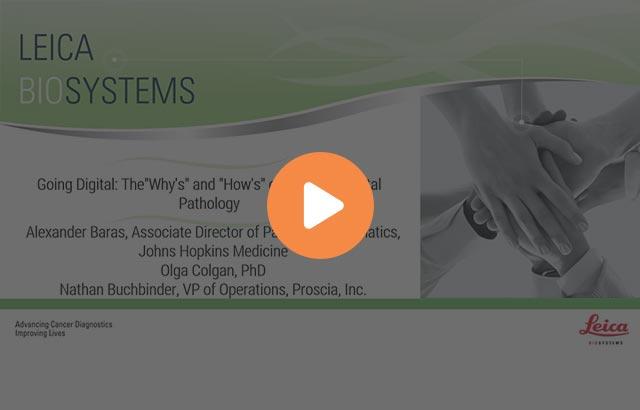
Accurate Monitoring by Specialist Teams Reduces the Time Between Breast Cancer Screening and Initial Surgical Treatment


Background
Over 266,000 women are newly diagnosed with breast cancer every year in the United States, roughly 21% of all breast cancer patients die of the disease annually. 1 Many studies have been conducted to evaluate how delays in diagnosis and treatment can result in adverse patient outcomes. Factors including tumor size and stage, socioeconomic status, race/ethnicity, as well as hospital size and capabilities have been shown to influence outcomes.
Variations in care delivery and turnaround times can be reduced by accurately examining the patient care path from initial screening mammography to first surgical intervention. We have developed a process to optimize timeliness to initial surgical treatment.
Methods
The process starts with observing care delivery from diagnostic mammogram, biopsy, pathology tissue processing, diagnosis and lumpectomy or mastectomy. A team of process and clinical experts (Leica Biosystems) conducted observations to map out current care delivery processes. Standard national metrics for timeliness within the breast care pathway from the National Consortium of Breast Centers’ was applied to the process map to understand national averages as well as best practices. Timeliness data on 5,571 patients from over 250 breast centers across the country from the NQMBC (National Quality Measures for Breast Centers) database was utilized to review time intervals and interdepartmental hand-offs that impact progression through the breast care pathway.
Six sigma, black belt specialists conducted an analysis of current breast center processes, identified specific sites for improvement, integrated their recommendations and completed the cycle by repeat monitoring of the entire process.
Results
Our specialists have reviewed average and ideal overall performance in timeliness to initial surgical treatment. Improvements may be expected from 22%-75% in timeliness to initial surgical treatment.
| Mean * | Best Practice ** | |
| Time from screening to dx mammo | 6.0 | 4.9 |
| Time from dx mammo to bx | 5.9 | 4.1 |
| Time from bx to path report | 2.1 | 1.2 |
| Time from bx to first surgery | 22.6 | 16.9 |
| Total time from screening mammogram to first surgery | 36.6 days | 27.1 days |
*“Mean” is the mean number of business days based on NQMBC July-Dec. 2017 data
** Best Practice is the 75th Percentile based on data in the NQMBC database for July-Dec. 2017
Conclusion
A process to impact the timeliness of care between screening mammography and initial surgical treatment has been developed. Standardized and monitored care delivery processes can result in better efficiency in breast cancer patient care delivery from between 22% - 75%. Using a detailed patient care pathway and black belt specialists to analyze processes, we expect to reduce turnaround times and optimize efficiency across the breast cancer patient’s care pathway.
1 Cancer Facts and Figures 2018; American Cancer Society.
Projections and Realized Results are specific to the institution where they were obtained and may not reflect the results achievable at other institutions.
About the presenter

Kimberly Byrwa-Neff is a registered nurse with a background in both clinical nursing and in evidence generation in industry. Her clinical expertise lies in cardiology and oncology, specifically breast cancer. As a nurse, black belt in process excellence, daughter of a breast cancer patient, and survivor of breast cancer herself she brings the full patient experience to her work to improve care for breast cancer patients. Kimberly has authored numerous papers and presented improvement in clinical outcomes as a result of working with breast teams across the country.

Related Content
Leica Biosystems Knowledge Pathway content is subject to the Leica Biosystems website terms of use, available at: Legal Notice. The content, including webinars, training presentations and related materials is intended to provide general information regarding particular subjects of interest to health care professionals and is not intended to be, and should not be construed as, medical, regulatory or legal advice. The views and opinions expressed in any third-party content reflect the personal views and opinions of the speaker(s)/author(s) and do not necessarily represent or reflect the views or opinions of Leica Biosystems, its employees or agents. Any links contained in the content which provides access to third party resources or content is provided for convenience only.
For the use of any product, the applicable product documentation, including information guides, inserts and operation manuals should be consulted.
Copyright © 2025 Leica Biosystems division of Leica Microsystems, Inc. and its Leica Biosystems affiliates. All rights reserved. LEICA and the Leica Logo are registered trademarks of Leica Microsystems IR GmbH.



